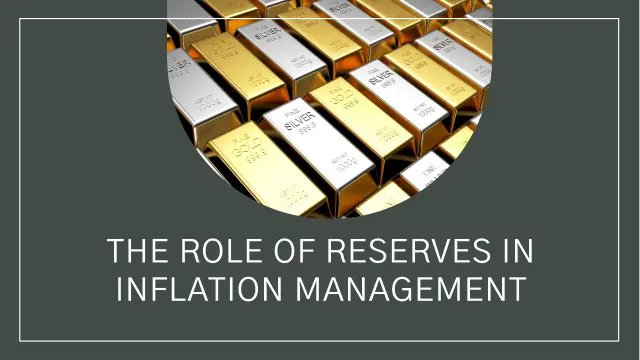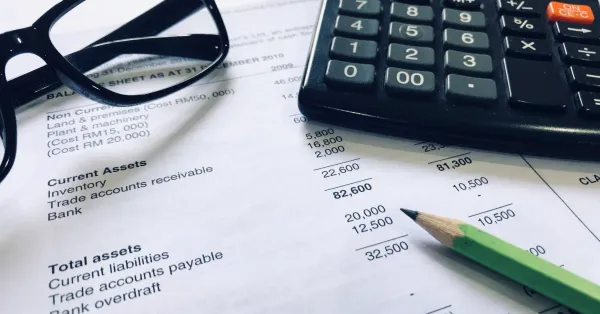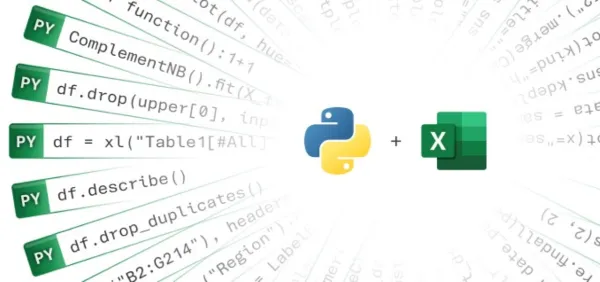Imagine this: you walk into your favourite bakery, ready to indulge in your morning croissant. To your surprise, the price has increased by 20% since last week, and the croissant itself has gotten smaller! Meet inflation at work, like a thin breeze that gradually wears down your purchasing power.
But what is this inflation? And who invited it? Let’s take a closer look…
Inflation Definition
Inflation is an economic phenomenon characterized by the sustained and general increase in the prices of goods and services within an economy over a specific period. This increase results in the loss of the purchasing power of individuals and businesses, compelling them to allocate more funds to acquire the same quantity of goods and services as compared to a previous time frame.
In other words, your money doesn’t go as far as it used to, and you need more of it to buy the same things.
So, “Inflation: Good or No-Good?!”
I wish the answer could be that simple, but bear with me a bit further, and it will -hopefully- make sense.
Contributing Factors to Inflation and Their Effects
To measure whether our current experience of inflation is positive or negative, we can examine the contributing factors. I’ve organized these factors into three distinct categories for your convenience.
Demand-Side Factors (Favourable)
– Consumer Confidence: High consumer confidence indicates a robust economy, as people are willing to spend and invest. This can drive economic growth, but excessive confidence without a corresponding increase in supply can also lead to demand-pull inflation.
– Increased Consumer Spending: While excessive spending can contribute to demand-pull inflation, moderate consumer spending is essential for economic growth. It drives demand for goods and services, encouraging production and job creation.
– Wage Increases: Moderate wage increases can improve consumer purchasing power, fostering a healthy economy. However, excessive wage growth without corresponding productivity gains can also contribute to demand-pull inflation.
Supply-Side Factors (Unfavourable)
– Global Events: Disruptive events, such as pandemics and wars, can trigger temporary inflation due to supply chain disruptions. They can also impose significant economic challenges, disrupting stability and impeding growth.
– Exchange Rates: Rapid currency depreciation can lead to imported inflation, causing prices of imported goods to rise. This can impact the overall stability of the economy.
– Commodity Prices: Sharp increases in commodity prices, such as oil and natural gas, raise production costs, ultimately leading to cost-push inflation. This results in higher prices for goods and services, potentially diminishing consumer purchasing power.
– Trade Policies: Trade restrictions and tariffs can disrupt supply chains, resulting in shortages and price spikes. These policies can also diminish competition, which may lead to higher prices for consumers.
Monetary and Currency Factors (Unfavourable)
– Debt and Financial Obligations: High levels of debt can strain government finances, potentially leading to inflation if the government resorts to printing money to service debt, undermining the stability of the currency.
– National Currency Devaluation: Currency devaluation can lead to higher imported inflation and increased costs for businesses relying on imported materials.
Surviving Inflation
As an individual, you work hard to save money for a secure future, like your retirement or your children’s education. Unfortunately, inflation can silently eat away the value of these savings over time. As the cost of goods and services rises, the money you’ve saved doesn’t stretch as much as it used to.
For that, it’s important to make smart investments and find ways to make your money grow faster than prices rise, aim to create a strong financial cushion to be better prepared to handle the rising costs of life and ensure that your financial well-being remains intact.








